A variety of indoor flowering plants, sold today in flower shops, cannot but please the eye. Many amateur gardeners, buying a flowering plant, over time become convinced of the inadequacy of watering alone and proper care of the flower so that it feels good and blooms profusely.
In such cases, experienced florists are recommended to use immunostimulants to restore the strength of the green pet and its normal development. Among the most popular immunomodulator preparations, Epin, which is effective for both garden and indoor plants, should be highlighted.
Content
General information about Epin
Epin is a phytohormone that has been successfully used in floriculture to stimulate growth, rooting cuttings, seed germination, fruit ripening, increasing the protective properties of the flower to diseases and resistance to fungal infections. The drug helps to strengthen the immune system of the plant, and is also used as a prophylactic to activate metabolic processes in cells. The production of Epin is carried out according to the technological processes of microbiology.
Structure
The active substance of the drug is epinbrassinolide, an artificial phytohormone obtained synthetically, but corresponding to the hormone produced by plants. Due to this, a plant is quickly restored at the cellular level after the action of various negative factors:
- deficiency or excess moisture;
- temperature changes;
- lack of lighting;
- recovery after illness.
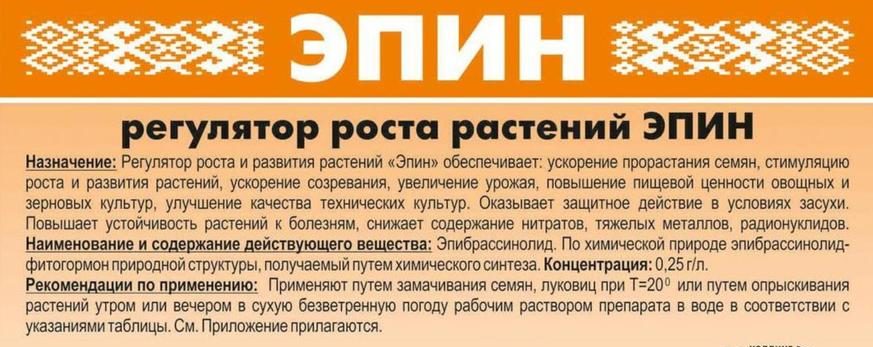
In this case, the formation of protein compounds is activated, and fermentation is stimulated, which leads to an increase in the immunity of a houseplant.
Epin is an alcohol- and soap-containing phytopreparation that allows particles of the active substance to linger on the leaves of plants.
Beneficial features
Thanks to the growth stimulator, there is:
- accelerated growth of planting material (seeds, bulbs, tubers);
- improving root formation in cuttings;
- extension of the flowering period;
- acceleration of the forcing of bulb crops;
- increase in stress resistance during transplantation, change in temperature, low light, moisture deficit;
- increase in the protective functions of the body from the harmful effects of pathogenic microflora, fungal diseases, harmful insects;
- activation of recovery processes due to the formation of young shoots.

When applying Epina, it is possible to reduce watering of plants. It has the ability to interact with various fertilizers, which positively affects the development and flowering of indoor flowers.
Application Epina for indoor plants
Epin is available in the form of a solution in small ampoules. Although the packaging shows vegetables, the product is successfully used in floriculture when growing indoor flowers.
Indications
The main indications of the use of an immunostimulant for indoor flowers include weakened immunity against the background of negative environmental influences or improper care of the plant:
- lack of watering or nutrients;
- bad light;
- exit after a period of rest.
Efficiency
The effectiveness of phytohormone has been proven as a result of application on many flower indoor crops:
- plant immunity increases;
- the duration of flowering and the appearance of new flower buds increases;
- metabolic processes at the cellular level improve;
- enhanced decorative qualities and appearance of the flower.
In addition, using a herbal preparation for forcing flowers on bulb crops in winter, you can get a flowering plant a few weeks ahead of schedule.
Hazard Class
Epin differs from other immunomodulators in the fourth hazard class. That is, it is completely harmless to the human body. At the same time, it does not harm bees, which are very susceptible to various kinds of toxins and toxic chemicals, and do not settle in wastewater.
However, manufacturers of the drug are advised to adhere to some protective measures, using gloves and a cotton-gauze dressing when processing plants. When working in rooms or offices, it is advisable to open the windows.
Concentration and solution dilution methods
Before you start using a herbal medicine for indoor plants, it is recommended that you carefully study the attached instructions for use.
According to the instructions, phytohormone is highly soluble in water. In this case, one ampoule is quite enough to prepare five liters of solution. One ampoule contains 40 drops of the stimulator, so it is very convenient to calculate the required number of drops in order to prepare a solution for a specific use.
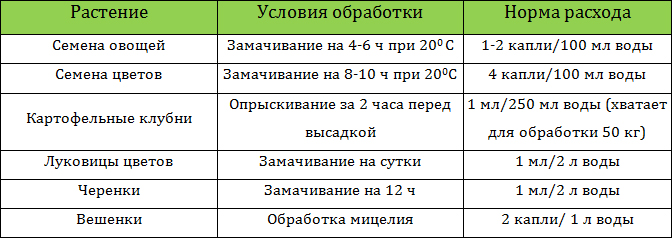
Only freshly prepared solution is suitable for use in compliance with all the proportions specified in the instructions. If these recommendations are not followed and the concentration of the liquid is exceeded, it can harm the plants and slow down their growth. With a weak concentration, the expected effect of the use of the drug will not be achieved.
It is necessary to observe the indicated storage conditions of Epin: in a darkened cool place, avoiding the bright sun. The prepared solution must be used within two days.
For spraying
For indoor flowers planted in flowerpots, a biostimulator is best used for spraying in the following proportions: 4 drops of Epin per one glass of boiled water.
After processing the plants must be left in the dark for several hours.
For forcing bulbs
A phytostimulator is also used to distill colors on bulbous plants. In this case, the bulbs are soaked in a solution prepared in the proportions of 1 ampoule per 2 liters of water, and left for 12 hours. Thanks to the growth stimulator, the flowering process of bulb plants is accelerated, which gives a result several weeks ahead of schedule.
When cutting
One of the types of propagation of indoor plants is cuttings. However, not every cuttings of indoor crops lend themselves to rooting.

For this, the cuttings of the selected plant must first be placed in a freshly prepared solution of this phytohormone in the proportions of 1 ampoule per 2 liters of warm water. After root formation, the cuttings are transplanted into a fresh earthen substrate.
Seed treatment
The seeds of most flower crops are treated with a solution of 4-6 drops per 100 ml of warm (25-28 ° C) boiled water during the day. As a result, rapid seed germination is observed.
Security measures when working with Epin
Phytopreparation is not classified as toxic, however, it contains alcohol and a soap solution, which, if exposed to exposed parts of the body, can cause allergic reactions or skin irritation. Therefore, you should adhere to some rules:
- when processing, use a protective bandage, rubber gloves;
- stop smoking, eating and drinking next to the drug;
- do not use near open flame;
- Having finished work, it is necessary to rinse exposed areas of the body under running water, rinse the oral cavity;
- adhere to the rules of storage of the drug: in a dry, cool place where children and animals will not reach it, separately from food.
If Epin enters the digestive tract, the necessary measure will be gastric lavage with a solution of potassium permanganate and intake of an absorbent. In the absence of positive dynamics, you need to contact a medical institution to relieve symptoms of intoxication.
Common Application Questions
Epin is a synthetic biostimulant that is identical to natural, an adaptogen that ensures the normal development of indoor flowers by increasing their immunity and improving metabolic processes at the cellular level.

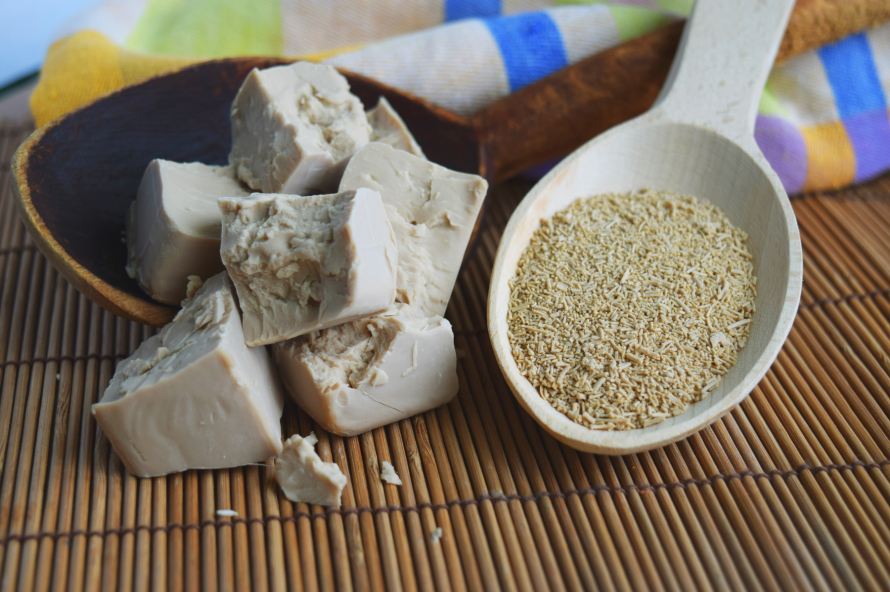
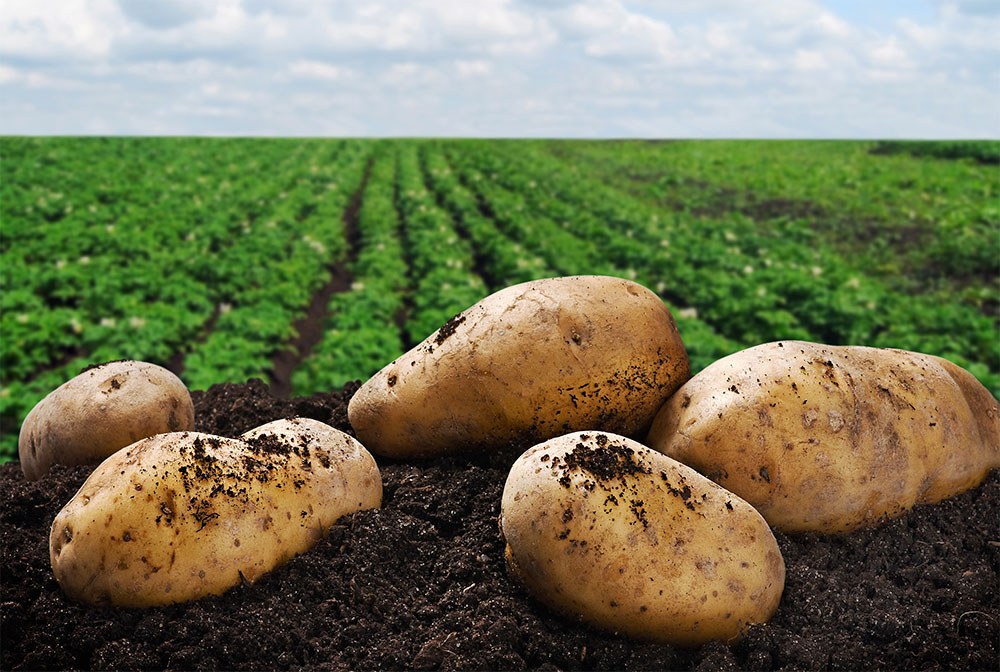
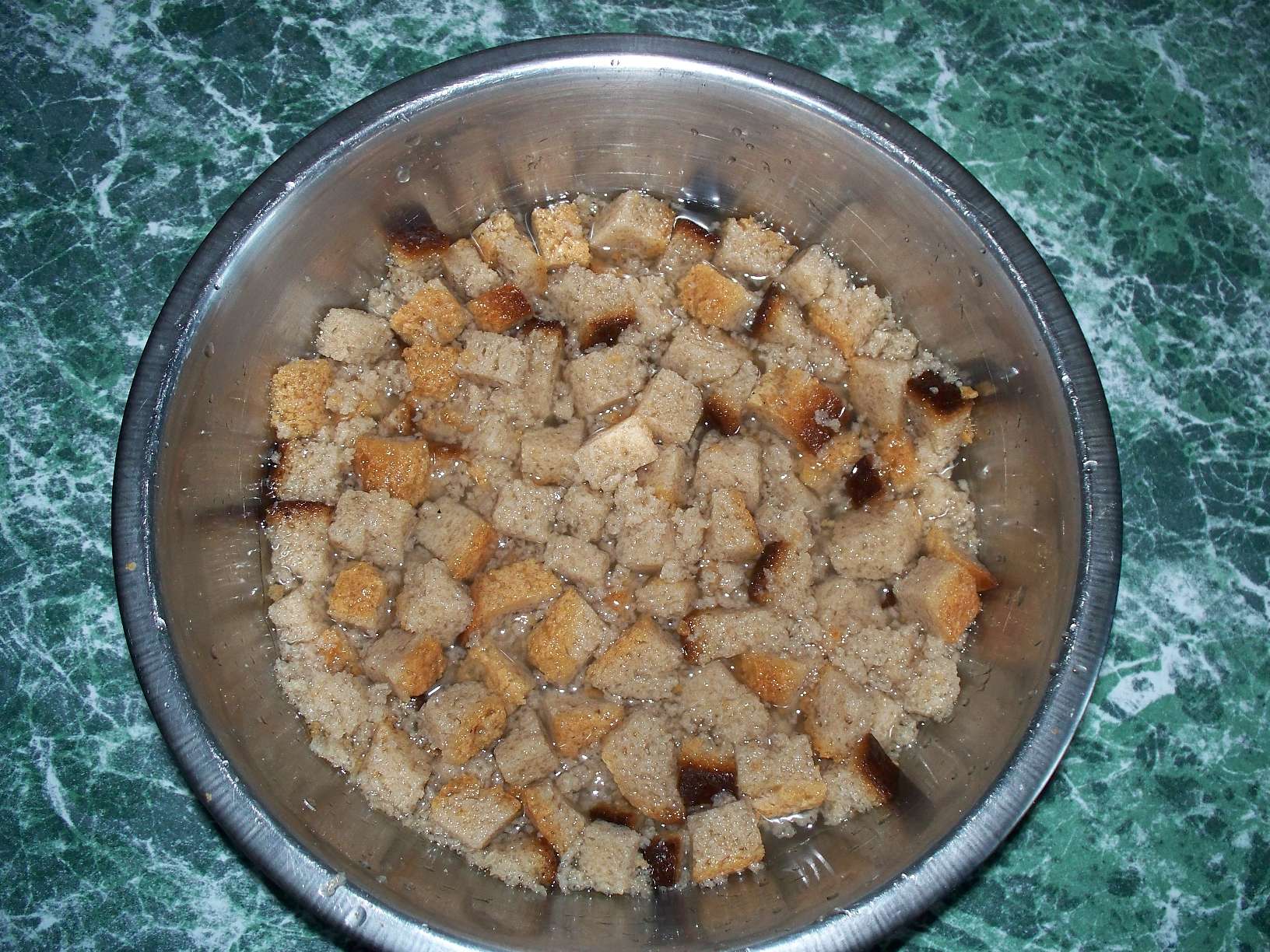
 Superphosphate: what is it and how to apply it
Superphosphate: what is it and how to apply it What problems can be expected from siderats?
What problems can be expected from siderats? Secrets of the collection, storage and use of eggshells in the garden
Secrets of the collection, storage and use of eggshells in the garden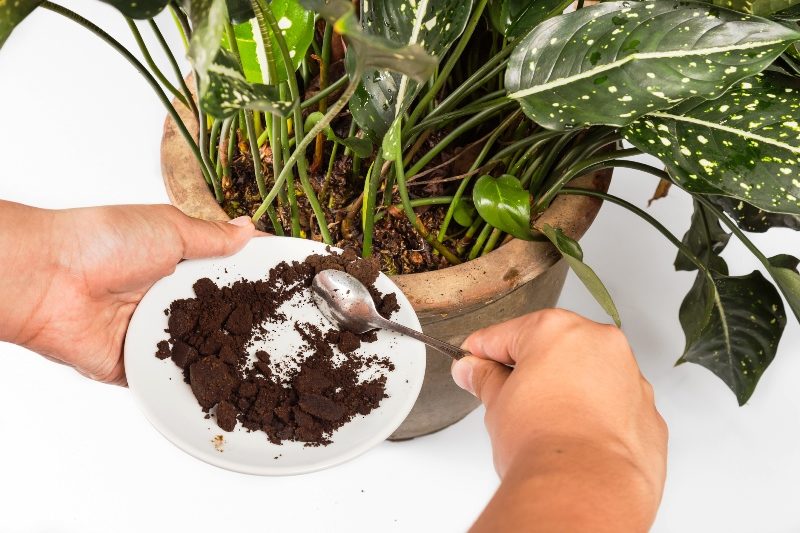 The most popular top dressing for indoor plants
The most popular top dressing for indoor plants